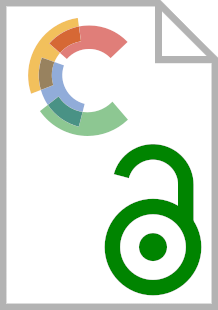Date: 2020
Type: Other
Linking emissions trading systems with different levels of environmental ambition
Policy Briefs, 2020/40, Florence School of Regulation, Climate, LIFE DICET Project
VERDE, Stefano F., GALDI, Giulio, BORGHESI, Simone, FERRARI, Albert, Linking emissions trading systems with different levels of environmental ambition, Policy Briefs, 2020/40, Florence School of Regulation, Climate, LIFE DICET Project - https://hdl.handle.net/1814/69141
Retrieved from Cadmus, EUI Research Repository
The environmental ambition of an ETS may be assessed considering three dimensions: emissions coverage, stringency and determinacy.
Allowance prices are an imperfect metric for the stringency of an ETS. Yet, arguably, they are the best proxy for ETS stringency.
Beyond the partial equilibrium representation of linking, a range of economic and political factors can diminish a jurisdiction’s willingness or ability to link.
When choosing a linking partner, many factors are weighed up which transcend the compatibility of ETS designs and differences in environmental ambition.
Linkages between absolute- and relative-cap ETSs are problematic in that overall emissions may increase.
In the literature, non-cooperative linking most often leads to higher emissions than if the same ETSs operated under autarky.
There is a shortage of studies simulating the economic impacts of linkages between existing ETSs. More work is also needed to identify the desirable content of future linking agreements.
Cadmus permanent link: https://hdl.handle.net/1814/69141
Full-text via DOI: 10.2870/334270
ISBN: 9789290849162
ISSN: 2467-4540
Series/Number: Policy Briefs; 2020/40; Florence School of Regulation; Climate; LIFE DICET Project
Publisher: European University Institute
Sponsorship and Funder information:
The LIFE DICET project (lifedicetproject.eui.eu) is co-financed by the LIFE Programme of the European Union (EU). The policy brief reflects the authors’ views and the European Commission is not responsible for any use that may be made of the information this policy brief contains.


